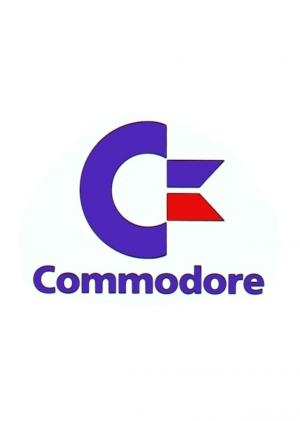
Commodore 64
Commodore 64 Specifications
| Manufacturer: | Commodore International |
| Developer: | Commodore International |
| CPU: | MOS Technology 6510 |
| Memory: | 64 KB RAM + 20 KB ROM |
| Graphics: | MOS Technology VIC-II |
| Sound: | MOS Technology 6581/8580 SID (Sound Interface Device) |
| Medium: | Cartridge |
| Display: | 320x200 |
| Controllers: | 2 |
The Commodore 64 is an 8-bit home computer introduced by Commodore International in January 1982. Volume production started in the spring of 1982, with machines being released on to the market in August at a price of US$595. Preceded by the Commodore VIC-20 and Commodore PET machines, the C64 features a MOS Technology 6510 microprocessor, 64 kilobytes (65,536 bytes) of RAM, hence the name, and had favourable sound and graphical specifications when compared to well-known contemporary systems such as the Apple II, particularly as the price was well below that demanded by Apple. It is commonly known as the C64 or C=64 (after the graphic logo on the case) and occasionally as the CBM 64 (for Commodore Business Machines), or VIC-64. The C64 also had a built-in BASIC interpreter, making it easy to write simple programs and games. The Commodore 64 was one of the most successful computers of its time, selling millions of units worldwide.
The C64 dominated the low-end computer market (except in the UK and Japan, lasting only about six months in Japan) for most of the later years of the 1980s. For a substantial period (1983–1986), the C64 had between 30% and 40% share of the US market and two million units sold per year, outselling IBM PC compatibles, Apple computers, and the Atari 8-bit family of computers. Sam Tramiel, a later Atari president and the son of Commodore's founder, said in a 1989 interview, "When I was at Commodore we were building 400,000 C64s a month for a couple of years." In the UK market, the C64 faced competition from the BBC Micro, the ZX Spectrum, and later the Amstrad CPC 464. but the C64 was still the second-most-popular computer in the UK after the ZX Spectrum. The Commodore 64 failed to make any impact in Japan, as their market was dominated by Japanese computers, such as the NEC PC-8801, Sharp X1, Fujitsu FM-7, and MSX.
Part of the Commodore 64's success was its sale in regular retail stores instead of only electronics or computer hobbyist specialty stores. Commodore produced many of its parts in-house to control costs, including custom integrated circuit chips from MOS Technology. In the United States, it has been compared to the Ford Model T automobile for its role in bringing a new technology to middle-class households via creative and affordable mass-production. Approximately 10,000 commercial software titles have been made for the Commodore 64, including development tools, office productivity applications, and video games. C64 emulators allow anyone with a modern computer, or a compatible video game console, to run these programs today. The C64 is also credited with popularizing the computer demoscene and is still used today by some computer hobbyists. In 2011, 17 years after it was taken off the market, research showed that brand recognition for the model was still at 87%.
Latest on Commodore 64
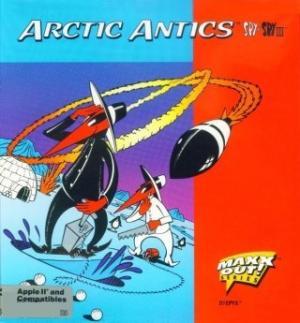
Spy vs Spy III: Arctic Antics
Spy vs. Spy III: Arctic Antics is a computer game first published by First Star Software in 1986 for the Atari 8-bit family, Commodore 64 and Apple II...

The Detective Game
The Detective Game for the Commodore 64 is a full blown graphical adventure, in which you are called upon to find the murderer in a classic British ma...
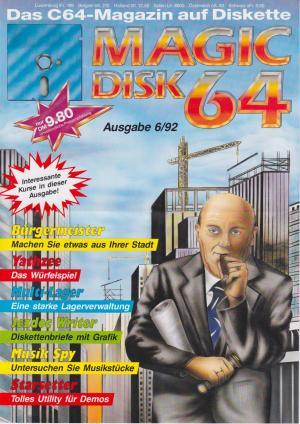
Yathzee
C64 version of the classic game Yathzee

Olli & Lissa 3: The Candlelight Adventure
This is the third game starring the doggie duo, and it features Olli's attempt to retrieve the parts for his car which have been stolen and scattered ...
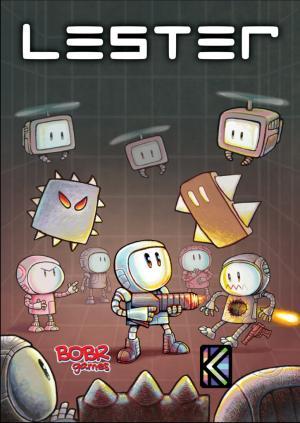
Lester
6th June 2182, Mars The Space Station Factory orbiting the planet is undergoing an unprecedented mutiny. The main computer of the space station UN...

Santa's Troubles
A few days before Christmas, the toys to be distributed to all the children of the world have now been packaged in Santa's workshop. Unfortunately, a ...

Robot Jet Action
Life was peaceful in the land of retro games. One day, evil robots from other worlds attacked! They wanted to steal all the jewels from the old games....
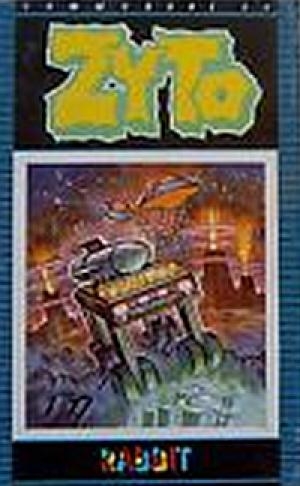
Zyto
For reasons unknown, you have been sent to the city of Zyto to destroy it. To help you in your quest you have a truck carrying a rocket which you use ...
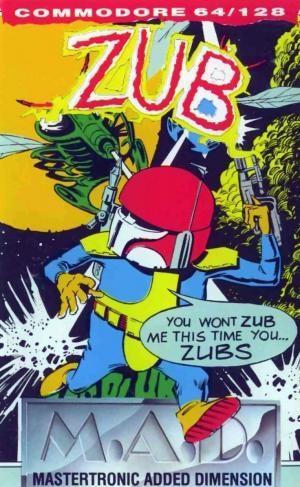
Zub
Zub is a cartoon platform game, the first title developed by the brothers Ste Pickford and John Pickford as a team. In a humorous twist, every creatur...
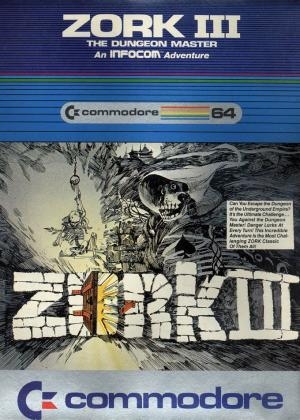
Zork III
In the third game of the adventure game series Zork, you are once again a nameless adventurer, only this time you won't travel through a beautiful mag...